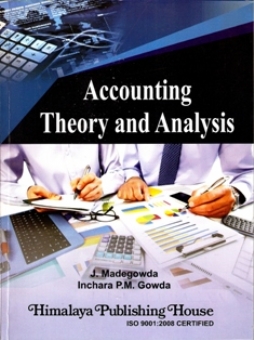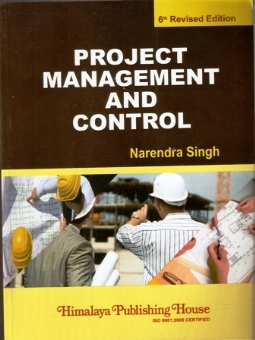Recruitment of talented employees is an essential part of any company’s ability to maintain success and ensure the achievement of standards within an organisation.
As the world economy experiences significant improvements in employment, slowly growing and becoming more stable in the prolonged wake of The Great Recession, spurred job creation could usher in innovation for recruiters. Across the globe, as more businesses look to hire new employees quickly so they can meet the rising demands of their operations, HR personnel appear to be turning to advanced tools that will help them make their recruiting practices more efficient.
While the Internet alone has proved to be an effective solution for companies hoping to hire, organisations are now embracing mobility to ensure that they make the applications process readily available to viable prospects, which could allow companies to take on the talent they need without expending a substantial amount of resources.
As recruiting innovations continue to grow, we are excited about the new and emerging technologies and how they will disrupt our industry. In today’s recruiting landscape, businesses have more choices than ever when it comes to talent acquisition and recruitment solutions. As employers and recruiters look to the most effective channels for sourcing the most qualified talent, it is important that they also assess their own internal hiring processes.
The composition of the handbook is as per the prescribed syllabus of Mumbai University, for Second Year BMS Semester III students and instructors at large. It shall also prove valuable to HR executives for in-depth references and study for enhancing their conceptual understanding.
Contents –
Unit I
1. Concepts of Recruitment — Meaning, Importance and Relevance of Recruitment
2. Job Analysis (Concepts, Specifications, Description, Process, Methods and Uses)
3. Job Design (Definition, Modern Techniques, Factors Affecting Job Design, Contemporary Issues)
4. Sources or Types of Recruitment (Direct and Indirect, Internal and External)
5. Techniques of Recruitment (Traditional vs Modern)
6. Evaluation of Recruitment (Outsourcing Programme)
Unit II
7. Selection
8. Interview
Unit III
9. Induction – Concept, Types – Formal/Informal
10. Orientation and Onboarding – Programme, Types and Process
11. Current Trends in Recruitment and Selection Industry
Unit IV
12. Preparing Bio-data and C.V.
13. Social Skills, Group Discussion and Personal Interview Skills
14. Presentation and Negotiation Skills, Aesthetic Skills
15. Etiquette and Quitting Techniques
16. Exit Interview
References







